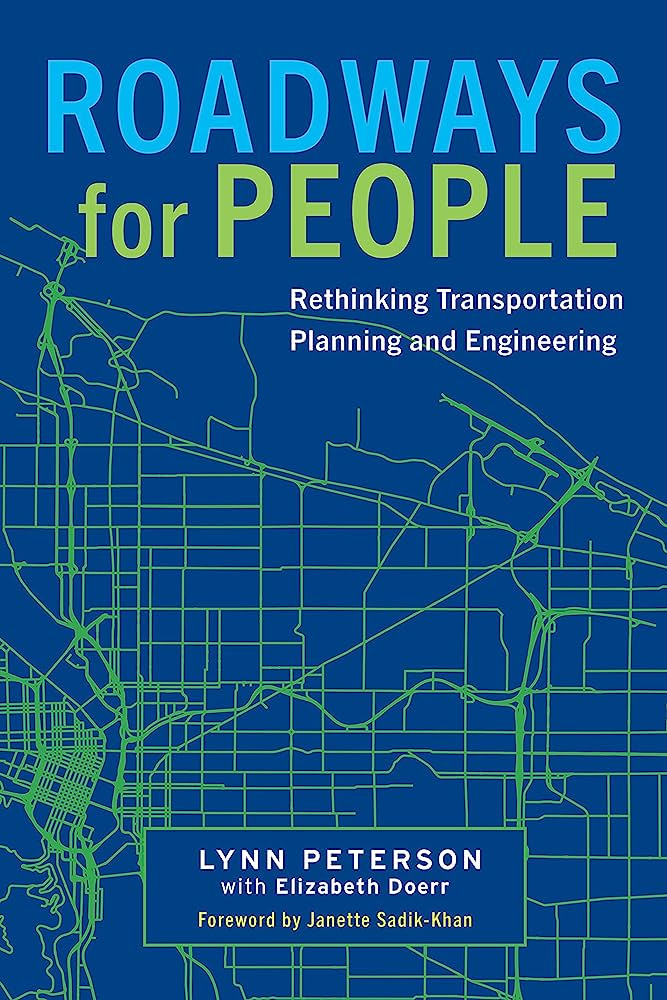Roadways for People: Rethinking Transportation Planning and Engineering
Reviewing Lynn Peterson's excellent book in conversation.
“City planners must also recognize that the process is the project.” — Janette Sadik-Khan


From the foreword to Lynn Peterson’s book—Roadways for People: Rethinking Transportation Planning and Engineering—this quote is an essential postmodern approach to transportation planning in the 21st century. It deconstructs the idea that our job as planners and urbanists is to embrace holistic progress as only the change in physical form. The house, as it were, is more than the slab of materials and the land it’s built on—turns out that who gets to build it and who gets to live in it are an essential part of its lore and its place in space. We celebrate less the architect and more the community that gives them value.
Use Code “EXASPERATED” for 25% off!
In the modernist spirit, traditional planning is linear, path-dependent, exhaustive(ish), and outcome-oriented. The mid-century team planners that paved the way1 called this rational planning—its methods borne directly from scientific reasoning.
This …
Keep reading with a 7-day free trial
Subscribe to Exasperated Infrastructures to keep reading this post and get 7 days of free access to the full post archives.



